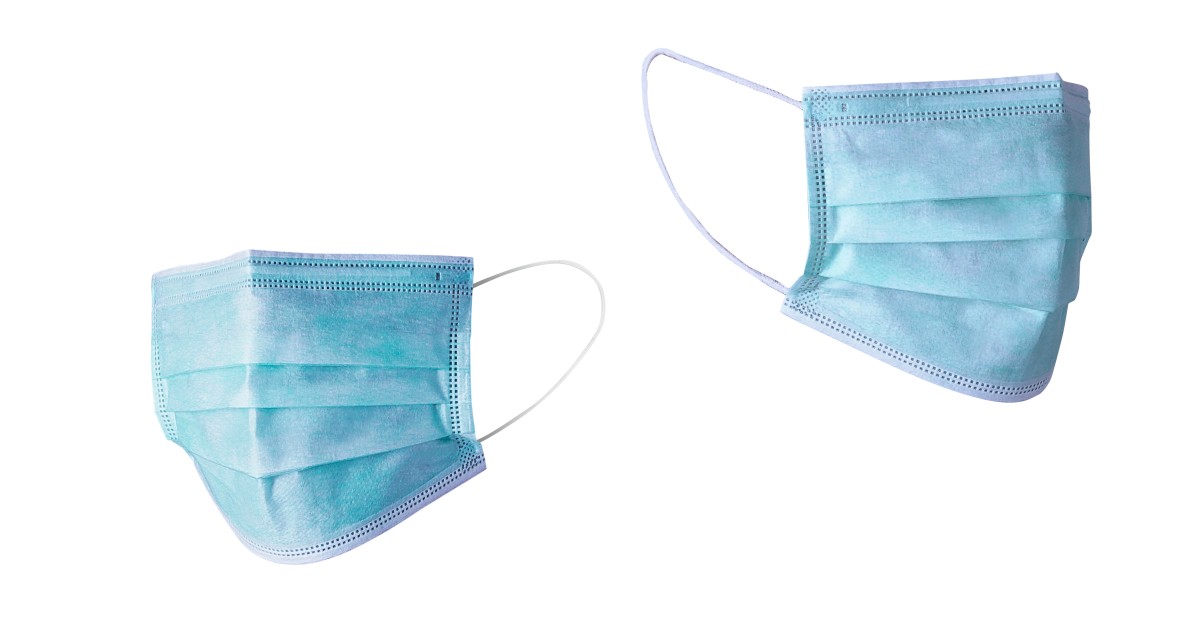
What is a Bachelor of Science in Nursing?
Education requirements for nurses in the U.S. are becoming more [...]
For students interested in a nursing career, education below the master’s level still offers a number of choices. Understanding your options is crucial to choosing a path that is the right fit for you.
While many prospective nurses begin their education as undergraduates in either a two- or four-year college-based nursing program, this isn’t the only — or even the quickest — way to begin practicing as a nurse. Programs for Licensed Practical Nurses (LPN) — also known as Licensed Vocational Nurses (LVN) in California and Texas — offer a shorter, non-degree educational experience that affords graduates relatively prompt entry into the workforce.
According to the Bureau of Labor Statistics (BLS), LPN/LVN programs typically prepare students — over the course of a year — to begin providing entry-level nursing care. Community colleges and trade or vocational schools offer courses in basic patient care and introductory nursing practice, and students who complete these certificate programs will sit for the National Council Licensure Examination (NCLEX-PN) to become licensed in the state in which they want to practice.
These nurses work under the supervision of a Registered Nurse (RN) or a physician, and they are generally employed in long-term care, assisted living facilities, or physician offices. While entering nursing as an LPN/LVN is a quick path into the field, these caregivers are limited in the scope of their practice, the level of leadership and advancement open to them, and the growth of their earning power. Fewer and fewer hospitals and other health care facilities are hiring LPNs/LVNs today, as they tend to prefer professionals with higher educational attainment.
The Bureau of Labor Statistics reports that the median salary of LPN and VPN jobs is $41,540, and it projects 25 percent job growth for for these professionals between 2012 and 2022.
The ADN path remains a popular option for students who want to practice as nurses but aren’t interested in a four-year undergraduate experience. As the current entry-level degree for professional nurses, ADN programs are a relatively affordable option. They are offered at vocational schools and community colleges throughout the country and provide students with a comprehensive nursing education in a relatively short period of time — typically two to three years. These programs lack the typical coursework of a liberal arts education, however; that is why students are able to complete them in a relatively short time frame. After graduating, students are eligible to take the NCLEX-RN and apply for licensure as RNs in their state if they pass the exam.
ADN nurses are employed in many settings, from physician offices to hospitals to health care clinics. Because they receive a comprehensive nursing education, they are able to provide more complex nursing care than LPNs; in fact, they have many of the same nursing responsibilities as BSN-educated nurses. That said, they are more limited in their advancement and leadership opportunities — as well as their earning potential — than BSN-RNs, whose completion of non-nursing undergraduate work makes them highly valued by employers.
For RNs with an ADN who want to pursue their education further, the natural progression is to enter a so-called “bridge program,” also known as an “RN to BSN” program. (LPNs also have their own bridge to a BSN — the “LPN to BSN” program.) In bridge programs, students take additional nursing courses to deepen their body of knowledge; they also enroll in the undergraduate classes they were unable to take in their two-year programs.
In 2010, the Institute of Medicine (IOM) and the Robert Wood Johnson Foundation (RWJF) released a seminal study, The Future of Nursing: Leading Change, Advancing Health, in which they made strong recommendations for the future of nursing education and practice:
Academic nurse leaders across all schools of nursing should work together to increase the proportion of nurses with a baccalaureate degree from 50 to 80 percent by 2020. These leaders should partner with education accrediting bodies, private and public funders, and employers to ensure funding, monitor progress, and increase the diversity of students to create a workforce prepared to meet the demands of diverse populations across the lifespan.
In response to the study’s recommendations, many hospitals and health care organizations are now requiring their currently-employed nurses to pursue a bachelor’s degree within specified periods of time, while other facilities no longer hire nurses with associate’s degrees. In a 2012 Johns Hopkins Nursing article, Karen Haller, Vice President for Nursing and Patient Care Services, stated:
We’ve adopted the 80 percent recommendation here at The Johns Hopkins Hospital and hope to exceed it in the near future. It’s the basic education we need today, but we’re also encouraging the workforce to become nurse practitioners and to actively engage in continuing education.
This statement by a nurse executive at one of the nation’s preeminent hospitals underscores the impact made by the IOM/RWJF study; increasingly, health care facilities view the BSN as the new entry-level degree for nurses who want to work and advance their careers in these settings.
The Bureau of Labor Statistics reports a median annual salary of $65,470 and anticipates 19 percent job growth for RNs from 2012 to 2022.
Whether you choose to pursue an LPN, ADN, or BSN education track as a nursing student, it’s important to understand the earning potential and projected job growth of each type of degree and licensure. While the Bureau of Labor Statistics does not currently differentiate between ADNs and BSNs, the clear trend is toward the BSN as the new entry-level nursing degree.
Ultimately, the degree you pursue will be based on your financial and family circumstances, the programs available to you, and your professional goals.
Your choice of nursing program is both personal and professional, and being well- informed is your best tool in making the choice that will serve you best.
Sources:
Employment of New Nurse Graduates and Employer Preferences for Baccalaureate-Prepared Nurses. (n.d.). Retrieved March 15, 2015, from American Association of Colleges of Nursing.
The Future of Nursing: Leading Change, Advancing Health — Institute of Medicine. (2010, October 5). Retrieved March 17, 2015, from Institute of Medicine.
Klainberg, M. (2010). An historical overview of nursing. Today’s Nursing Leader: Managing, Succeeding, Excelling, 21, 21-40.
McComas, P. (2012, July 31). The Impact of the Future of Nursing Report. Johns Hopkins Nursing.
Occupational Outlook Handbook: Licensed Practical and Licensed Vocational Nurses. (2014, January 8). Retrieved March 15, 2015, from Bureau of Labor Statistics.
Occupational Outlook Handbook: Registered Nurses. (2014, January 8). Retrieved Bureau of Labor Statistics.
Questions or feedback? Email editor@noodle.com

Education requirements for nurses in the U.S. are becoming more [...]

On paper, travel nursing requirements aren't that stringent; you just [...]

Choosing a PMHNP program can be difficult. Much depends on [...]

Whether you have hopes of specializing, climbing the ranks, or [...]

Chief nursing officers (CNOs) are the medical version of a [...]
Categorized as: Medicine, Nursing & Healthcare